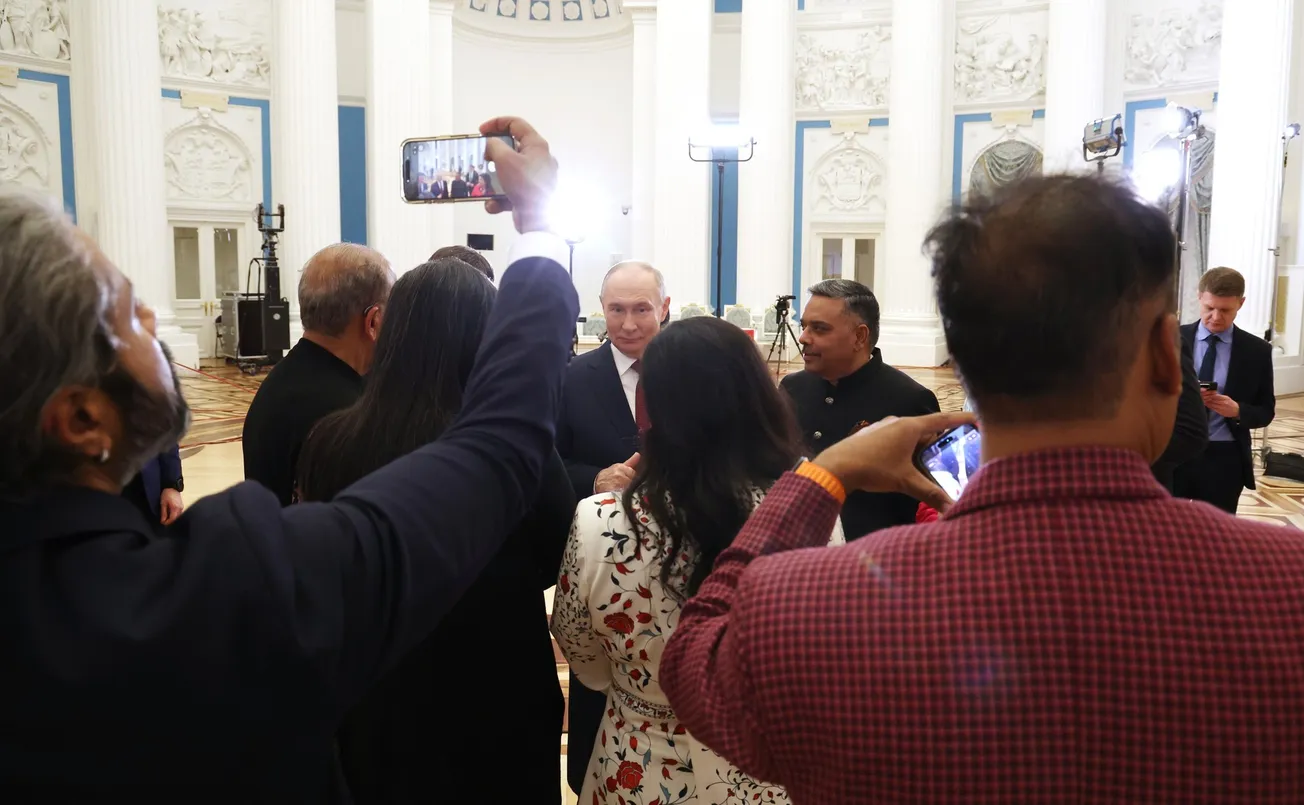At the memorial in Shanghai today for Professor Tsung-Dao Lee, a Nobel Prize in Physics laureate, who taught for decades at Columbia University, Professor Lee’s son, Li Zhongqing, spoke of the unsung role of female physicist Wu Jianxiong. Wu played an instrumental role in the discovery which gave Professor Lee and his colleague Chen-Ning Yang the Nobel Prize in Physics in 1957. The prize was awarded for the two proving that “parity” is not conserved in weak nuclear reactions.
The two Nobel Prize winners put forward the thesis and gave it to Wu Jianxiong to prove experimentally, which she proceeded to do. Born in Shanghai, Wu was a member of the U.S. National Academy of Sciences and a foreign member of the Chinese Academy of Sciences. She was an authority in experimental physics, popularly known as the “Oriental Marie Curie.” She had studied under Robert Oppenheimer and was recruited to work on the Manhattan Project in 1944, where she made important breakthroughs in radioactive uranium separation technology, which was essential for producing highly enriched uranium for the atomic bomb. Also, Dr. Enrico Fermi sought her advice on isotope chain reactions. Like Oppenheimer, Wu left the program after viewing the effects of the bomb at Hiroshima and Nagasaki.
She was known as “the Queen of Nuclear Physics” and was selected in 2020 by Time magazine as the Outstanding Woman of 1945. Tsung-Dao Lee wanted her included in the 1957 Nobel Prize because of her crucial work on the experiment, but that was not done. Later she would submit her name for other discoveries, but without success. She died in 1997 and her ashes were returned to Shanghai for burial.



